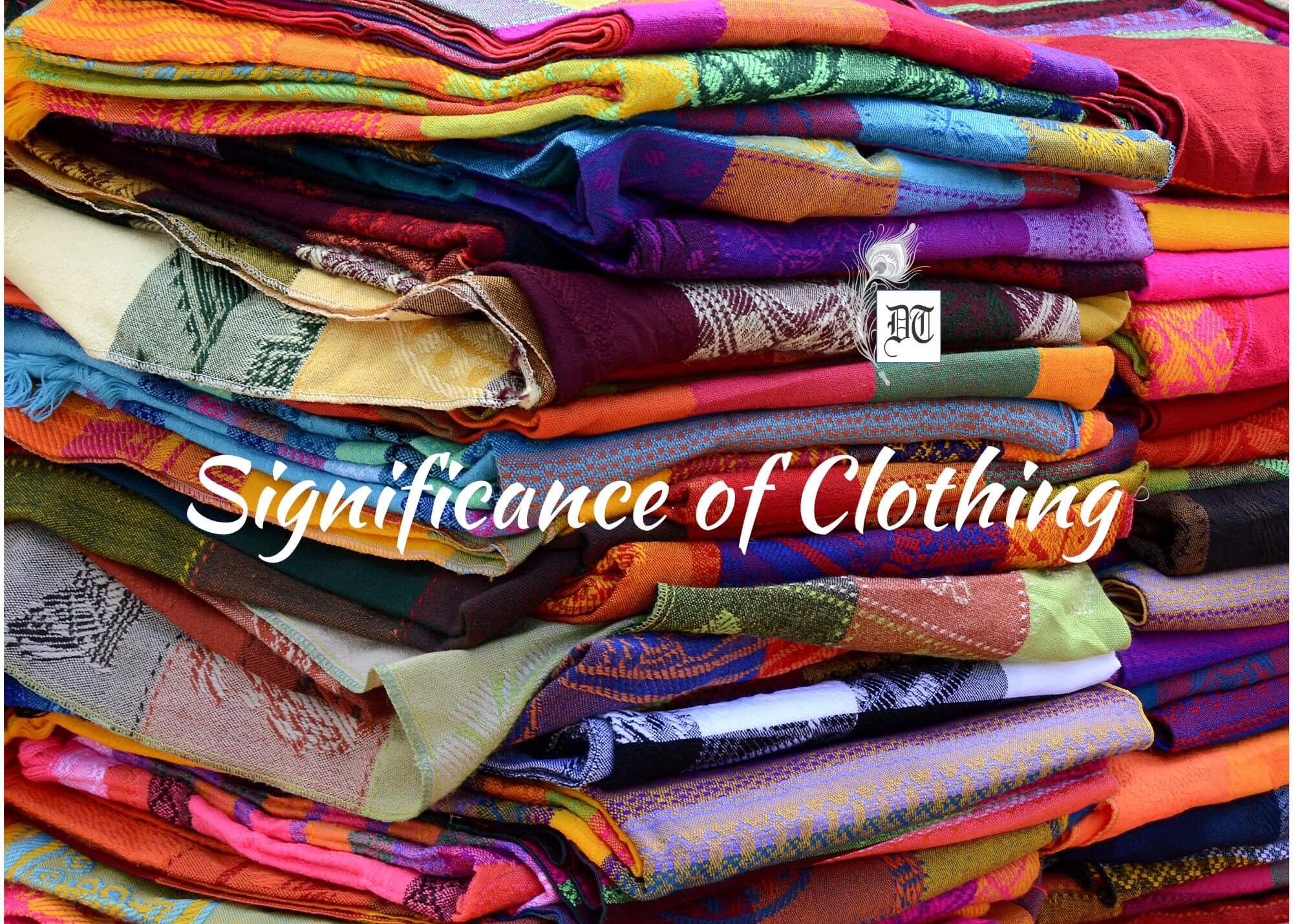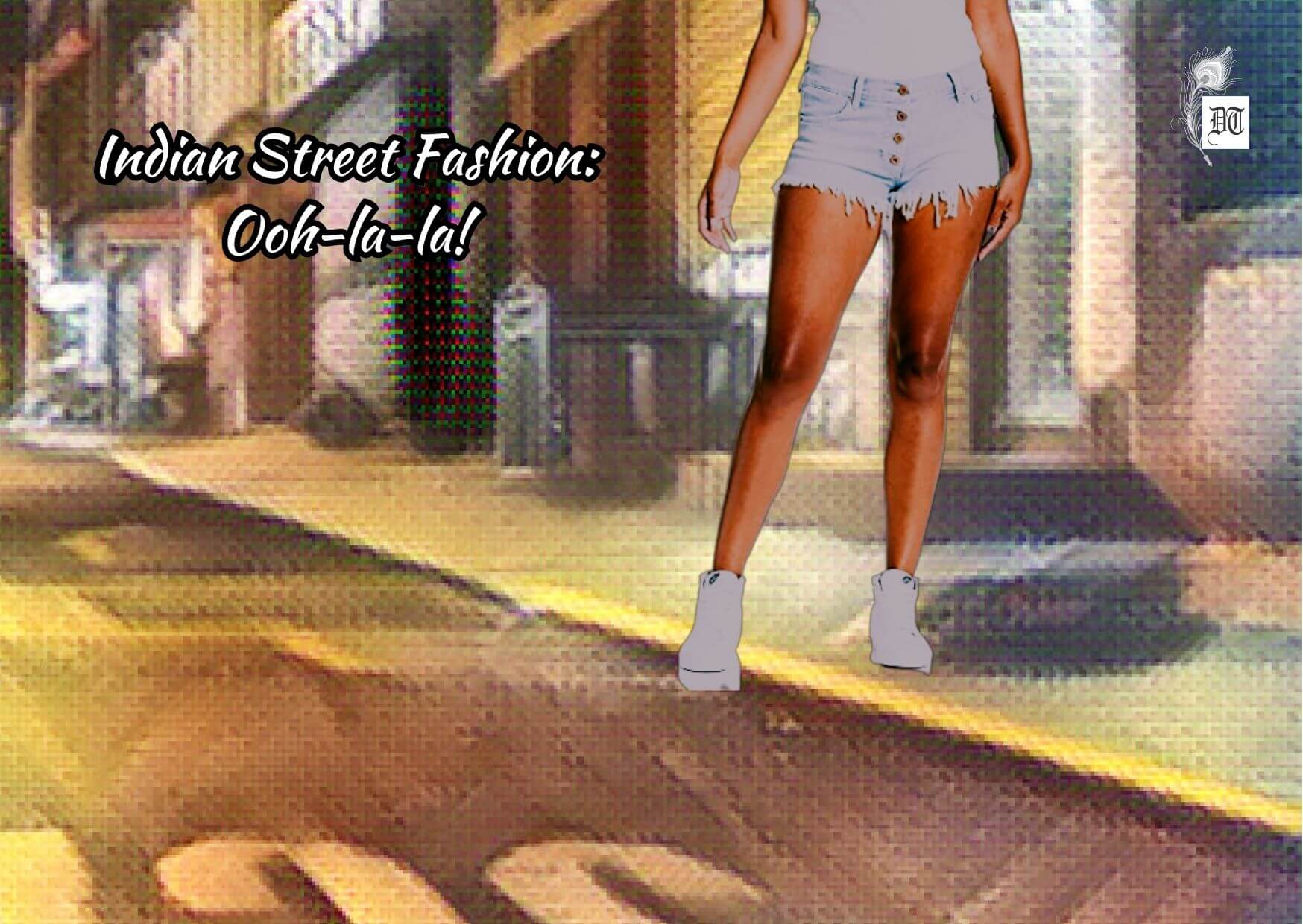Our Kuala Lumpur-based fashionista, Shameena, tells us all about nail care, in the weekly column, exclusively in Different Truths.
Are you taking good care of your nails? Are they strong and healthy looking? Or do you see ridges, dents, or areas of unusual colour or shape? Like a great new haircut or a terrific skin care regimen, healthy, well-manicured nails are an integral part of a neat, pulled-together appearance – one that can work as an asset in both the social and the business world.
Nails are a very special part of our beauty because even when we’re not wearing makeup or our finest outfits, even when our hair is not at its best, our nails still make a striking statement of elegance! Well cared for perfect nails are the mark of a competent, confident, healthy woman.
Your Fingernails
The Process of Nail Growth
Nails start out as epithelial cells in the nail matrix, underneath the skin. The cells gather in the area called nail root. The cells harden into a plate-like mass that is pushed out past the cuticle and over the nail bed. The nail plate is attached to the underlying skin (nail bed) by a series of rails and furrows. As cells first emerge they are translucent, soft and plump. As cells move towards the free edge they become harder and flatter. The top two layers of the epidermis from the nail plate, the remaining three layers underneath the nail plate from the nail bed
Your fingernails — composed of laminated layers of a protein called keratin — grow from the area at the base of the nail under your cuticle. Healthy fingernails are smooth, without pits or grooves. They’re uniform in colour and consistency and free of spots or discoloration.
Sometimes, fingernails develop harmless vertical ridges that run from the cuticle to the tip of the nail. Vertical ridges tend to become more prominent with age. Fingernails can also develop white lines or spots due to injury, but these eventually grow out with the nail.
Not all nail conditions are normal, however. Consult your doctor or dermatologist if you notice:
- Changes in nail colour, such as discoloration of the entire nail or a dark streak under the nail
- Changes in nail shape, such as curled nails
- Thinning or thickening of the nails
- Separation of the nail from the surrounding skin
- Bleeding around the nails
- Swelling or pain around the nails
Fingernail Care: Do’s and Don’ts
To keep your fingernails looking their best:
- Keep fingernails dry and clean.This prevents bacteria from growing under your fingernails. Repeated or prolonged contact with water can contribute to split fingernails. Wear cotton-lined rubber gloves when washing dishes, cleaning or using harsh chemicals.
- Practice good nail hygiene.Use a sharp manicure scissors or clippers. Trim your nails straight across, then round the tips in a gentle curve.
- Use moisturizer.When you use hand lotion, rub the lotion into your fingernails and cuticles, too.
- Apply a protective layer.Applying a nail hardener might help strengthen nails.
- Ask your doctor about biotin.Some research suggests that the nutritional supplement biotin might help strengthen weak or brittle fingernails.
To prevent nail damage, don’t:
- Bite your fingernails or pick at your cuticles.These habits can damage the nail bed. Even a minor cut alongside your fingernail can allow bacteria or fungi to enter and cause an infection.
- Pull off hangnails.You might rip live tissue along with the hangnail. Instead, carefully clip off hangnails.
- Ignore problems.If you have a nail problem that doesn’t seem to go away on its own or is associated with other signs and symptoms, consult your doctor or dermatologist for an evaluation.
- Use harsh nail care products.Limit your use of nail polish remover. When using nail polish remover, opt for an acetone-free formula.
A Note about Manicures and Pedicures
If you rely on manicures or pedicures for healthy looking nails, keep a few things in mind. Stick to salons that display a current state license, and work only with technicians also licensed by the state board. Don’t have your cuticles removed — it can lead to nail infection. Also, make sure your nail technician properly sterilizes all tools used during your procedure to prevent the spread of infection.
You might also ask how the foot baths are cleaned. Ideally, a bleach solution is used between clients and the filters are cleaned regularly.
It’s easy to neglect your nails — but taking some basic steps can keep your fingernails healthy and strong.
Some Daily Habits for Amazing Nails
Keeps Hands very Clean
Before you do anything, it’s important to make sure your nails and the skin around them are thoroughly dirt-free. Then remove all traces of your last colour with an acetone-free remover. Apply soap to a toothbrush, then gently scrubbing your nails and skin. This will remove dirt and exfoliate any dead skin without the need for harsh, drying chemicals or expensive scrubs.
Be Gentle
Your nails are delicate, and scrubbing them too roughly can actually expose you to infection. Another no-no: Using metal nail tools under the nail, as too much digging under the nail plate will cause it to separate from the skin, leading to an irregular white arching nail tip.
Trims Nails Regularly
Regular trims are as important to your nails as they are to your hair. So set aside time to clip them every two weeks, adjusting to more or less often once you see how your nails respond.
Value Health over Length
Long nails are beautiful, but if you’re someone who has struggled with snags or breakage, you keep your nails short — at least to start out with. A shorter style with a rounded edge tends to be easier to manage and looks neater, so you can focus on building strength without worrying about anything else. As long as each nail is uniform in shape and matches its nine neighbours, you won’t miss the added length.
Always have an Emery Board on Hand
If you’re someone whose work or gym routine causes a lot of wear and tear, keep a nail file handy to smooth away any rough edges that happen on the spot. The best way to do it? Work in one direction with the grain of your nail for a smoother finish.
Don’t cut Cuticles
The cuticle has a very important purpose to serve: It seals the area at the base of the nail. So when you cut or remove the cuticle, it breaks that seal of protection, leaving you vulnerable to bacteria and the possibility of infection. But if you’re dead set on messing with them gently push back the cuticle once a week with a wooden orange stick after getting out of the shower, then massaging them with a cuticle cream or thick, creamy lotion.
Take Care of Nail Tools
Disinfecting your nail tools between uses is just as important as regularly cleaning your makeup brushes, and for the same reason — bacteria. To keep your nails happy and infection-free wash metal tools with soap and water and then wiping with rubbing alcohol. And don’t forget to regularly replace disposable tools like emery boards. There’s no reason to continue using a tattered tool when it’s so easy to rotate in a new one.
Always use Base Coat
Base coat not only protects the nail from being stained by the polish, but also helps the colour look more saturated and opaque with just one coat. And if you really want to take things to the next add a coat of clear gloss between each layer to add extra shine and protection.
Read the Labels.
While buying nail produces, make sure you steer clear of polishes containing toxic chemicals like dibutyl phthalate, formaldehyde, and toluene, as these toxins can contribute to brittleness, splitting, and cracking.
Seal the Deal with a Top Coat
Add another top coat layer every three days to decrease chipping, so you’ll get the most out of your manicure. Seriously, what’s the point of spending all that time painting your nails if it only lasts a day?
Indulge in Acrylic or Gel Treatments Sparingly
Any nail expert you talk to is going to do their best to steer you away from acrylic or gel manicures — as long-lasting and convenient as they are because they’re very hard on the nail. But if you’re dead set on getting them, there are some ways to minimize the damage to your hands and nails. The main issue with a gel manicure is the exposure to UV light in the drying device, which can damage the skin below and around the nail, leading to an increased risk of cancer. To help reduce that risk apply a sunscreen with an SPF of 30 to 50 before the procedure to help block the damage. Or you can try special gloves that expose only the nails themselves, shielding the rest of your hands from the harmful UV rays.
Give Nails a Break
Save the elaborate nail art and those bold colours with lots of pigment for the weekend, and during the rest of the week, give your nails time to rest and repair with a clear gloss. Going from one strong polish colour to another without giving your nails a break can dry them out, turn them yellow, and over time, even weaken the structure of the nail.
Always Moisturise
Nail artist and expert Holly Falcone likes to use a mix of almond and avocado oils to keep cuticles and nails hydrated while she gets some shut-eye, but any nutrient-rich oil or moisturizer will do. In a pinch, you can even use a dab of lip balm.
Use Protection
Gloves, ladies, gloves — get your mind out of the gutter! Whenever you’re cleaning with harsh chemicals, gardening, or doing anything that involves soaking or dirtying your hands, wear a rubber, vinyl, nitrile or plastic gloves, preferably with a cotton liner. Cleaning dishes in hot, soapy water sans gloves can weaken the nails, while getting them caked with dirt from gardening will require a level of cleaning that you want to avoid wherever possible. Similarly, now that the weather is getting chilly, remember to wear a pair of mittens or gloves so that the cold air and the wind don’t undo the hard work you did moisturizing, leaving you with dry, flaky, scaly skin.
Consider Diet
Your fingernails are made of a protein called keratin, so just as with the clarity of your skin or the shine of your hair, you can improve your nails by tweaking your diet. Adding vitamins and supplements like biotin, Vitamin E, and fish oil to your daily regimen and protein-rich foods like beans, fish, and nuts. The one thing every expert agrees on: Once you hit on the combination that works for you, you’ll be rewarded with stronger, clearer nails.
©Shameena Abdurahiman
Photos sourced by author
#FashionFunda #NailCare #FactsAboutNail #TipsForHealthyNails #BeautifulNails #KnowYourNails #DifferentTruths






 By
By

